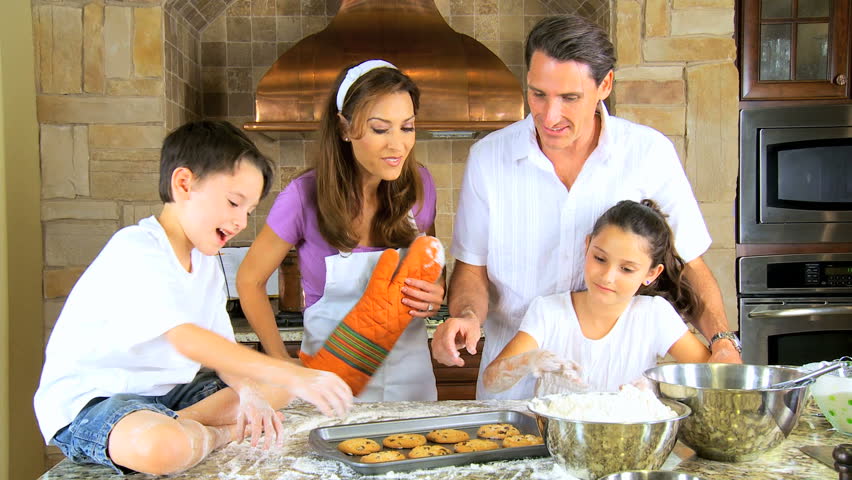Cooking is a creative and active way to keep young minds working and learning over the summer break. It's an excellent way to help kids focus on math and science without them know it. Get everyone into the kitchen and get cooking!
Cooking involves basic math and science. It includes fractions and measurement as well as chemical and physical reactions, observation, and data collection. There’s also a yummy reward at the end of every lesson. What better motivation for your children to join in!
Think about it:
- Water is a perfect ingredient to use to talk about liquid, gases, and solids, and it’s something we all use every day.
- Cookie dough starts out soft when the treats come out of the oven but hardens as they cool. Cake and brownie batter is in liquid form prior to baking, but once baked it becomes a solid form. And let’s not forget about pancakes! Liquid batter reacts to the hot griddle by solidifying, then delicious solid butter melts and drip over the top. Breakfast is served!
- Finally, when frozen, cream miraculously (with a few added tasty ingredients) becomes ice cream!
Physical changes happen as temperature changes. What a fun way to teach how temperature affects states of matter!
There are also chemical reactions that occur when making pancakes or baked goods. Yeast, baking soda, and baking powder, with the help of a bit of sugar and salt, cause great chemical reactions. You can show your children the bubbles that develop when carbon dioxide is created by combining ingredients. They can watch and understand why their baked goods rise. Now that’s a tasty chemical reaction!
But what about math? Cooking involves counting, ordering of steps, computation, volume, fractions, and weight measurements.
Get everyone into the kitchen this summer and whip up delicious meals and treats. They’ll never know that they’re working on science and math over their summer vacations!



